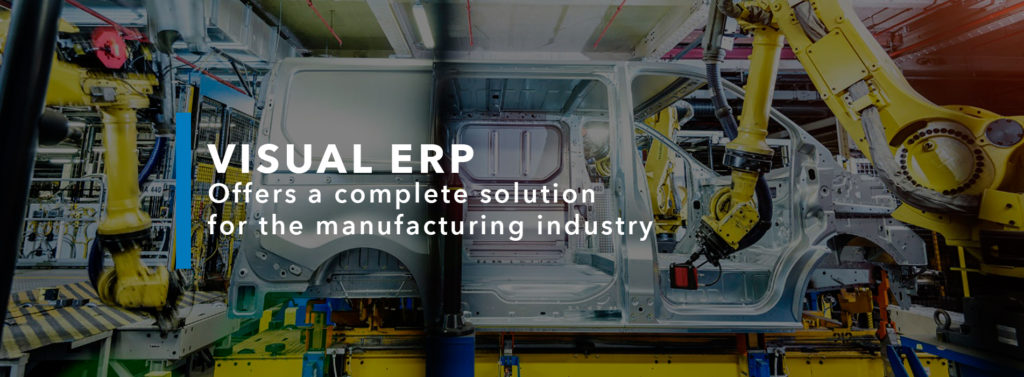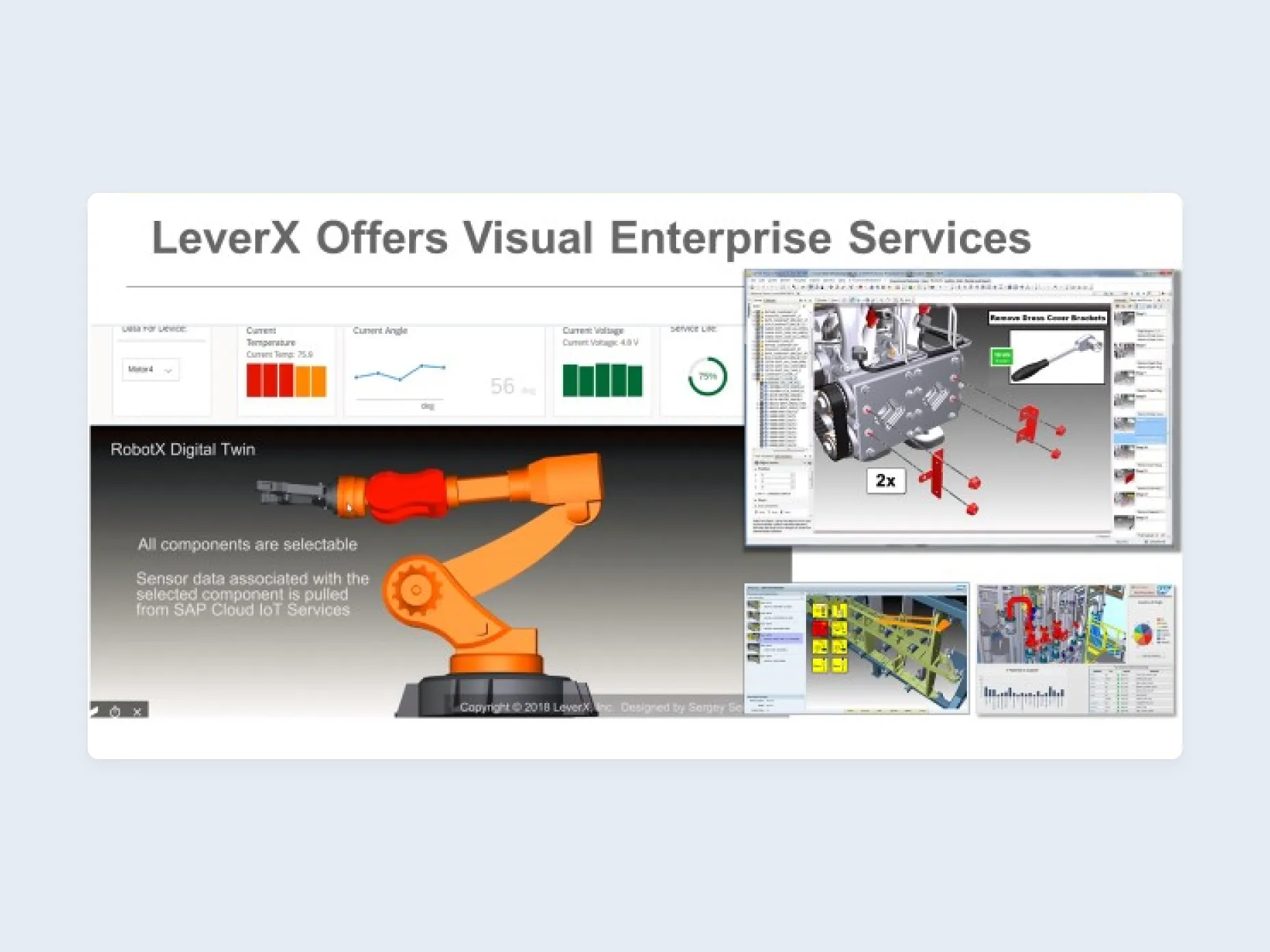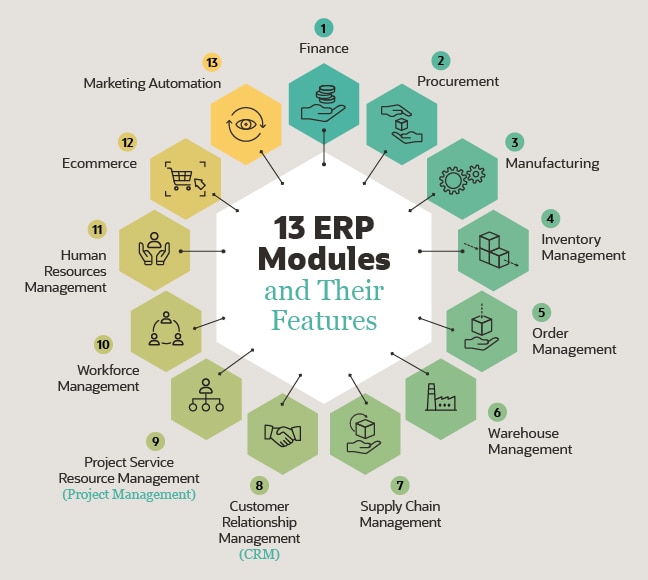Visual Enterprise ERP: A Beginner’s Guide to Streamlining Your Business
Keywords: Visual Enterprise ERP, ERP software, business management, inventory management, supply chain management, financial management, customer relationship management, reporting, analytics, cloud ERP, on-premise ERP, small business ERP, medium business ERP, large business ERP
In today’s fast-paced business world, efficiently managing various aspects of your operation is crucial for success. From inventory and supply chain to finances and customer relationships, keeping track of everything can feel overwhelming. This is where an Enterprise Resource Planning (ERP) system comes in. And among the many ERP solutions available, Visual Enterprise ERP stands out for its user-friendly interface and powerful features. This guide will walk you through the basics of Visual Enterprise ERP, helping you understand how it can streamline your business processes.
What is Visual Enterprise ERP?
Keywords: Visual Enterprise ERP definition, ERP system, business process management, data integration, real-time data
Visual Enterprise ERP is a comprehensive software solution designed to integrate all facets of your business into a single, unified system. Think of it as a central control panel for your entire operation. Instead of using separate software for inventory, accounting, and customer management, Visual Enterprise ERP brings them all together, providing a holistic view of your business. This integration eliminates data silos – those isolated pockets of information that hinder efficiency – allowing for seamless data flow and informed decision-making.
The "visual" aspect refers to the system’s intuitive interface. Unlike some ERP systems known for their complexity, Visual Enterprise ERP prioritizes user-friendliness, making it accessible even for those without extensive technical expertise. You’ll find dashboards and reports easy to understand and navigate, allowing you to quickly grasp key performance indicators (KPIs) and identify areas for improvement.
Key Features of Visual Enterprise ERP
Keywords: Visual Enterprise ERP features, inventory management, supply chain management, financial management, customer relationship management, reporting and analytics
Visual Enterprise ERP boasts a wide array of features designed to cater to various business needs. Let’s delve into some of the key functionalities:
-
Inventory Management: Track your inventory levels in real-time, minimizing stockouts and overstocking. You can generate reports on inventory turnover, identify slow-moving items, and optimize your ordering processes.
-
Supply Chain Management: Manage your relationships with suppliers and streamline your procurement processes. Gain better visibility into your supply chain, ensuring timely delivery of goods and materials.

-
Financial Management: Manage your finances effectively with integrated accounting tools. Generate financial reports, track expenses, and manage your cash flow more efficiently.

Customer Relationship Management (CRM): Improve customer interactions and build stronger relationships. Track customer interactions, manage sales leads, and personalize your customer service.
-
Reporting and Analytics: Gain valuable insights into your business performance with comprehensive reporting and analytics tools. Visual Enterprise ERP provides customizable dashboards and reports, allowing you to monitor KPIs and identify trends.
Visual Enterprise ERP Modules: A Deeper Dive
Keywords: Visual Enterprise ERP modules, manufacturing module, distribution module, service module, finance module
Visual Enterprise ERP is typically modular, meaning it offers various components that can be tailored to your specific needs. Some common modules include:
-
Manufacturing Module: This module is crucial for manufacturing businesses, providing tools for managing production planning, scheduling, and materials requirements planning (MRP). You can track production costs, optimize resource allocation, and improve overall efficiency.
-
Distribution Module: This module is ideal for companies involved in distributing goods. It helps manage warehousing, shipping, and logistics, providing real-time visibility into the movement of goods.
-
Service Module: For businesses offering services, this module helps manage service requests, track technician schedules, and manage service contracts.
-
Finance Module: This comprehensive module handles financial transactions, accounting, and reporting, providing a clear picture of your financial health.
| Module | Key Features | Benefits |
|---|---|---|
| Manufacturing | Production planning, scheduling, MRP, cost tracking | Optimized production, reduced costs, improved efficiency |
| Distribution | Warehouse management, shipping, logistics | Improved delivery times, reduced shipping costs |
| Service | Service request management, technician scheduling | Improved customer service, increased efficiency |
| Finance | Accounting, financial reporting, budgeting | Improved financial management, better decision-making |
Choosing the Right Visual Enterprise ERP Deployment:
Keywords: Visual Enterprise ERP deployment, cloud ERP, on-premise ERP, hybrid ERP
Visual Enterprise ERP offers different deployment options to suit your needs and infrastructure. You can choose between:
-
Cloud ERP: This option involves hosting the software on a cloud server, accessible from anywhere with an internet connection. It offers scalability, flexibility, and reduced IT infrastructure costs.
-
On-premise ERP: This involves installing the software on your own servers. It offers greater control over your data and security but requires more significant IT investment.
-
Hybrid ERP: This combines elements of both cloud and on-premise deployments, offering a balance of flexibility and control.
| Deployment Option | Advantages | Disadvantages |
|---|---|---|
| Cloud | Scalability, flexibility, reduced IT costs | Dependence on internet connectivity, security concerns |
| On-premise | Greater control over data and security | Higher IT investment, maintenance required |
| Hybrid | Balance of flexibility and control | More complex to implement and manage |
Implementing Visual Enterprise ERP: A Step-by-Step Guide
Keywords: Visual Enterprise ERP implementation, project planning, data migration, training, support
Implementing a new ERP system can be a significant undertaking. To ensure a smooth transition, follow these steps:
-
Project Planning: Define your goals, scope, and timeline. Identify key stakeholders and assign roles and responsibilities.
-
Data Migration: Transfer your existing data to the new system. Ensure data accuracy and integrity.
-
System Configuration: Customize the system to meet your specific business needs.
-
User Training: Provide comprehensive training to your employees on how to use the new system.
-
Go-Live: Launch the new system and monitor its performance.
-
Post-Implementation Support: Provide ongoing support and maintenance to ensure the system continues to function effectively.
Benefits of Using Visual Enterprise ERP
Keywords: Visual Enterprise ERP benefits, improved efficiency, reduced costs, better decision-making, increased profitability
Implementing Visual Enterprise ERP can bring numerous benefits to your business:
-
Improved Efficiency: Streamline your business processes and automate repetitive tasks, freeing up your employees to focus on more strategic activities.
-
Reduced Costs: Optimize resource allocation, minimize waste, and improve inventory management, leading to cost savings.
-
Better Decision-Making: Gain real-time insights into your business performance, enabling you to make more informed decisions.
-
Increased Profitability: Improve efficiency, reduce costs, and enhance customer satisfaction, leading to increased profitability.
-
Enhanced Collaboration: Improved communication and data sharing across departments, fostering better teamwork and collaboration.
Visual Enterprise ERP vs. Other ERP Solutions
Keywords: Visual Enterprise ERP comparison, alternative ERP solutions, ERP software selection
While Visual Enterprise ERP offers a powerful and user-friendly solution, it’s essential to consider other ERP solutions available in the market. Your choice should depend on your specific business needs, budget, and technical capabilities. Research different options, compare features, and consider factors like scalability, integration capabilities, and vendor support.
Conclusion
Visual Enterprise ERP offers a compelling solution for businesses looking to streamline their operations and improve efficiency. Its user-friendly interface, powerful features, and flexible deployment options make it a strong contender in the ERP market. By carefully considering your business needs and following a well-defined implementation plan, you can leverage the power of Visual Enterprise ERP to drive growth and profitability.
Frequently Asked Questions (FAQ)
-
Q: What is the cost of Visual Enterprise ERP?
A: The cost varies depending on your specific needs and the modules you choose. It’s best to contact a Visual Enterprise ERP vendor for a customized quote.
-
Q: How long does it take to implement Visual Enterprise ERP?
A: The implementation time varies depending on the size and complexity of your business. It can range from a few months to over a year.
-
Q: What kind of support is available for Visual Enterprise ERP?
A: Most vendors offer various support options, including phone, email, and online resources. Some offer dedicated account managers to assist with implementation and ongoing support.
-
Q: Is Visual Enterprise ERP suitable for small businesses?
A: Yes, Visual Enterprise ERP offers scalable solutions suitable for businesses of all sizes, including small businesses. The modular design allows you to choose only the features you need.
-
Q: Can Visual Enterprise ERP integrate with my existing systems?
A: Yes, Visual Enterprise ERP offers integration capabilities with various systems, allowing you to seamlessly connect your existing software and data sources.
This comprehensive guide provides a solid foundation for understanding Visual Enterprise ERP. Remember to always conduct thorough research and consult with experts to determine if it’s the right fit for your unique business requirements.
